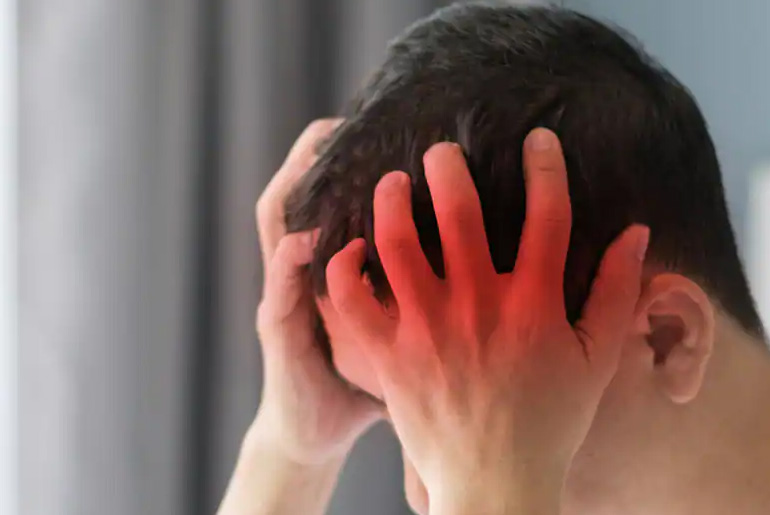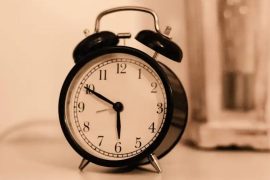A stroke is a serious neurological disorder that occurs when blood flow to the brain is suddenly interrupted, either by a blocked blood vessel (ischemic stroke) or a ruptured artery (hemorrhagic stroke). This disruption deprives brain cells of oxygen, causing them to die. The resulting damage can lead to significant consequences such as hemiplegia (paralysis on one side of the body), difficulty speaking or understanding language, cognitive impairments like depression, and in severe cases, dementia. The effects of a stroke can vary widely depending on the area of the brain affected and the extent of damage.
The risk of stroke rises sharply with age, especially after 55, and is further heightened by underlying health conditions such as high blood pressure, uncontrolled diabetes, coronary artery disease, and high cholesterol. These factors contribute to the narrowing or weakening of blood vessels, increasing the likelihood of a stroke. Managing these conditions is essential for reducing stroke risk, as they significantly affect the cardiovascular and cerebrovascular systems.
A stroke occurs when blood flow to the brain is suddenly interrupted, either due to a blocked blood vessel (ischemic stroke) or a ruptured artery (hemorrhagic stroke), leading to the death of brain cells from oxygen deprivation. This can result in severe consequences like hemiplegia (paralysis on one side), difficulty speaking, cognitive issues, depression, and dementia.
Types of Strokes:
- Ischemic Stroke: This occurs when blood supply to part of the brain is blocked or significantly reduced, depriving brain tissue of oxygen and nutrients.
- Hemorrhagic Stroke: This happens when a blood vessel in the brain leaks or bursts, leading to bleeding and damaging brain tissue.
Risk Factors for Stroke:
1. Medical risk factors:
- High blood pressure (a leading cause of strokes)
- Diabetes
- High cholesterol
- Cardiovascular disease (e.g., heart failure, atrial fibrillation)
- Obstructive sleep apnea
- Smoking
- Family history of stroke or heart attack
2. Lifestyle risk factors:
- Being overweight or obese
- Physical inactivity
- Excessive alcohol consumption
- Use of illegal drugs (e.g., cocaine, methamphetamine)
3. Other risk factors:
- Age: Risk significantly increases after age 55.
- Sex: Men have a higher risk of stroke, but women tend to be older when they suffer from a stroke and are more likely to die from it.
Symptoms of Stroke:
- Speech problems: Trouble speaking or understanding speech, slurred words, or confusion.
- Numbness or weakness: Usually affecting one side of the face, arm, or leg. For instance, one side of the mouth may droop, or an arm may drop when raised.
- Vision problems: Sudden blurred, blackened, or double vision in one or both eyes.
Imbalance or lack of coordination: Sudden difficulty with balance or walking.
Stroke Rehabilitation:
Rehabilitation is critical to recovery and includes:
- Physical therapy: Exercises aimed at improving movement, strength, and balance.
- Occupational therapy: Relearning daily tasks like dressing or eating, to help stroke survivors regain independence.
- Speech therapy: Helping those who have lost their ability to communicate effectively, either by addressing speech or language comprehension issues.
Rehabilitation also incorporates cognitive and emotional support, helping patients relearn essential life skills like speaking and swallowing, while addressing the emotional challenges that often accompany stroke recovery.
Advances in Stroke Recovery:
According to Dr. Mahendra JV and Dr. Khushbu Goel, cutting-edge rehabilitation methods like constraint-induced movement therapy, robotics, and virtual reality are showing promising results in restoring motor function. Drug augmentation and other innovative therapies are also being researched to improve outcomes.
Rehabilitation and managing risk factors like high blood pressure, diabetes, and high cholesterol, along with a healthy lifestyle, are essential to reducing the risk of stroke and improving recovery.
Disclaimer:
The information contained in this article is for educational and informational purposes only and is not intended as a health advice. We would ask you to consult a qualified professional or medical expert to gain additional knowledge before you choose to consume any product or perform any exercise.







